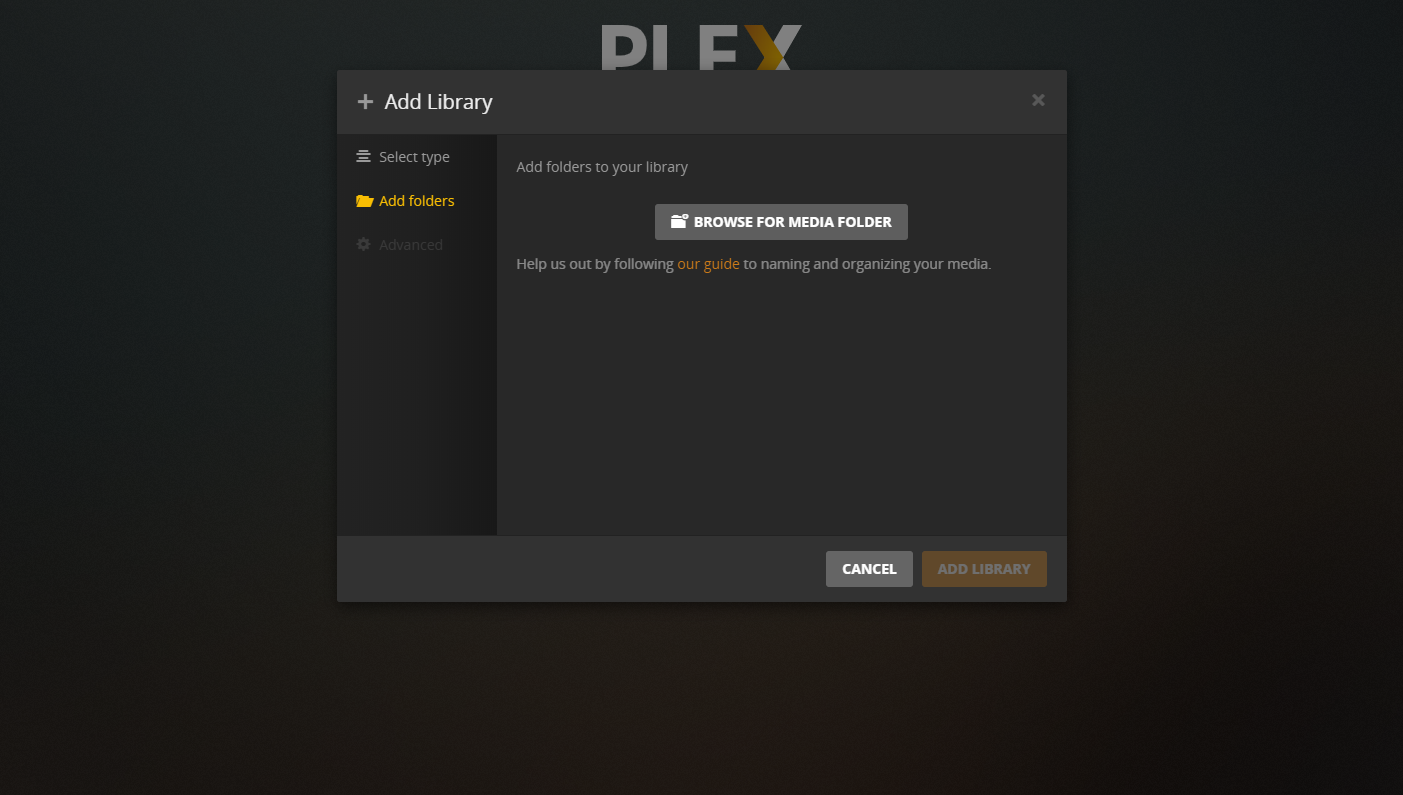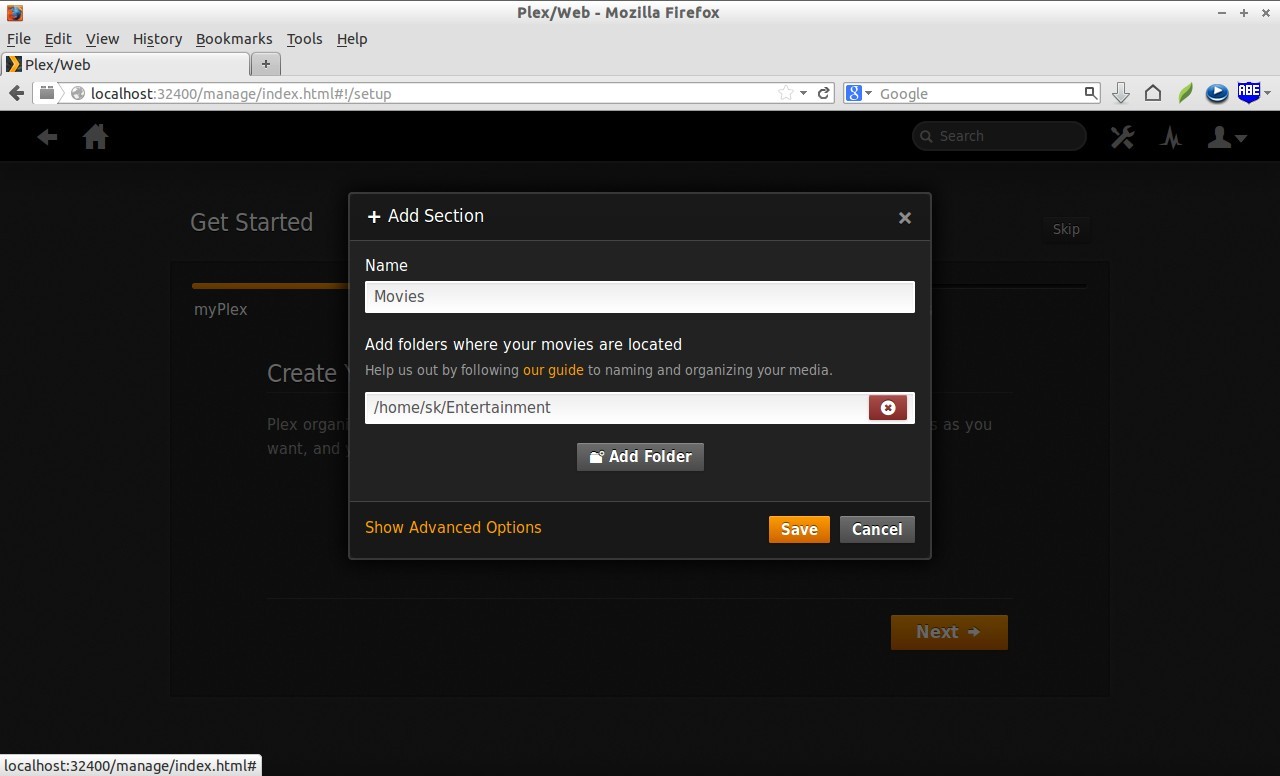

Next, head to Plex downloads page and download the package for your Linux distro. Before we start, make sure your system is up to date by running: $ sudo yum update The process is simple and straightforward so we will not stop to review the account creation. Note that in order to use Plex, you will need to have an active account, that you can create here. It depends on you if you want to spend your hard earned money on the paid version of Plex, given the fact that the free version already provides lots of cool features. Setup Plex Home to share content with your family and restrict what content can be accessed from your server.Sync content to multiple Cloud providers.Camera upload for wireless syncing of photos.Have geographic and scene-based tags on your photos.Also add lyrics to your songs, from LyricFind

The paid version of Plex, called Plex Pass, adds the following features: Media optimization for buffer free streaming.Includes web app to access your content.Let’s have a look at what you can do with Plex Media Server (free): There are two versions of Plex – free and paid one.

With Plex Media Server you can easily achieve exactly that (and more) on practically any platform. Many people like to access their audio and video media from different locations and devices. I hope you found this guide helpful.Streaming media becomes more and more popular in recent years.

It's worth noting that this will increase your server's RAM usage a bit when a user is transcoding content so it's best to only use this method if you have a fair amount of free RAM at your disposal. This is perfect for us, as our transcodes only need a temporary directory to live in.Īfter saving these settings, you should be set to transcode within your server's memory. To summarize, though, /dev/shm acts as a mounted file system, while existing only in RAM, rather than persistent storage. If you're using Ubuntu, you're able to use /dev/shm, which you can read more about here. First, you'll want to navigate to the Plex Media Server settings and go to the "Transcoder" settings pageįrom here, you'll be able to specify a directory for your transcodes to temporarily reside in. Setting this up is a fairly easy process. Using this method, there's no need to worry about your Plex transcodes causing premature wear and degradation to your SSD, as it's all happening off the drive and contained in your system's memory. Recently, I discovered that, provided you have an adequate amount of it, it is possible to transcode in RAM. If your Plex server is similar to mine, and running on an SSD, this can over time significantly shorten the lifespan of your SSD. You may or may not realize it but transcoding streams in Plex causes a lot of writes to occur on whatever disk the server is running on.


 0 kommentar(er)
0 kommentar(er)
